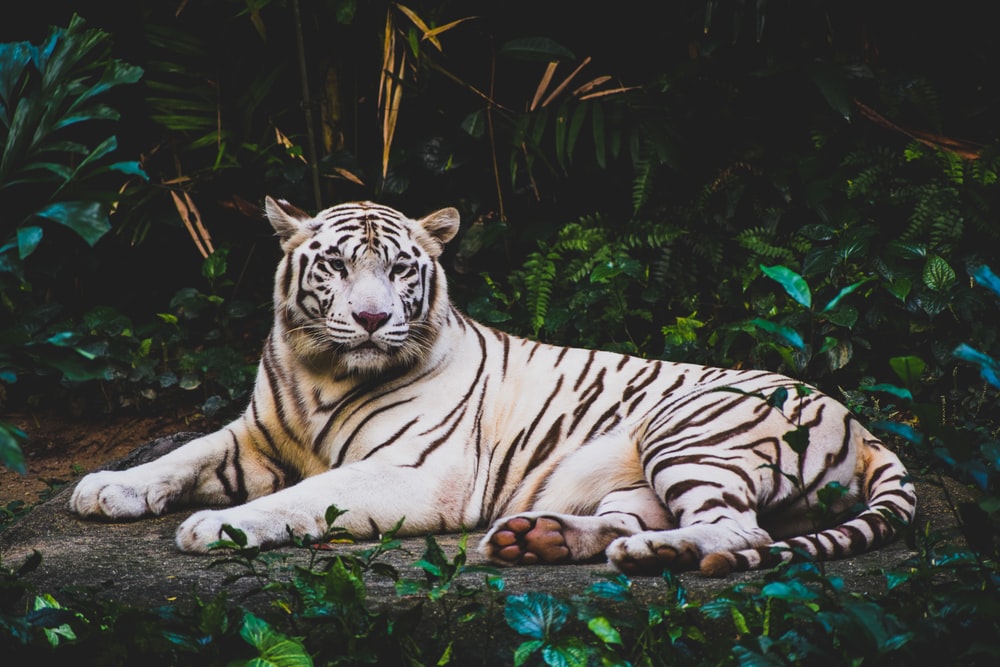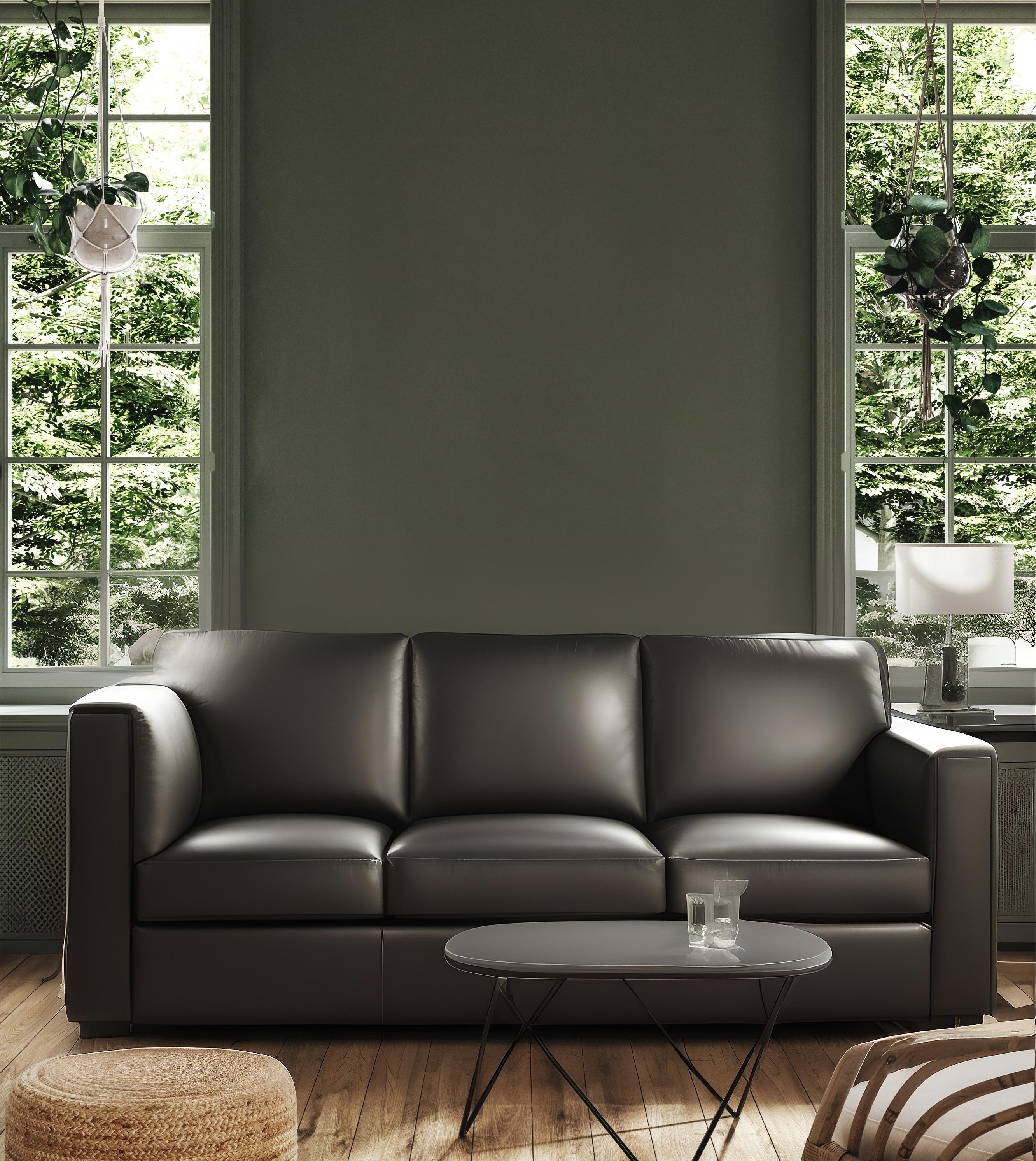rembg
Maintainer: abhisingh0909

9

| Property | Value |
|---|---|
| Model Link | View on Replicate |
| API Spec | View on Replicate |
| Github Link | No Github link provided |
| Paper Link | No paper link provided |
Get summaries of the top AI models delivered straight to your inbox:
Model overview
rembg is an AI model that removes the background from images. It is maintained by abhisingh0909. This model can be compared to similar background removal models like background_remover, remove_bg, rembg-enhance, bria-rmbg, and rmgb.
Model inputs and outputs
The rembg model takes a single input - an image to remove the background from. It outputs the resulting image with the background removed.
Inputs
- Image: The image to remove the background from.
Outputs
- Output: The image with the background removed.
Capabilities
The rembg model can effectively remove the background from a variety of images, including portraits, product shots, and more. It can handle complex backgrounds and preserve details in the foreground.
What can I use it for?
The rembg model can be useful for a range of applications, such as product photography, image editing, and content creation. By removing the background, you can easily isolate the subject of an image and incorporate it into other designs or compositions.
Things to try
One key thing to try with the rembg model is experimenting with different types of images to see how it handles various backgrounds and subjects. You can also try combining it with other image processing tools to create more complex compositions or visual effects.
This summary was produced with help from an AI and may contain inaccuracies - check out the links to read the original source documents!
Related Models

rembg

5.4K
rembg is an AI model developed by cjwbw that can remove the background from images. It is similar to other background removal models like rmgb, rembg, background_remover, and remove_bg, all of which aim to separate the subject from the background in an image. Model inputs and outputs The rembg model takes an image as input and outputs a new image with the background removed. This can be a useful preprocessing step for various computer vision tasks, like object detection or image segmentation. Inputs Image**: The input image to have its background removed. Outputs Output**: The image with the background removed. Capabilities The rembg model can effectively remove the background from a wide variety of images, including portraits, product shots, and nature scenes. It is trained to work well on complex backgrounds and can handle partial occlusions or overlapping objects. What can I use it for? You can use rembg to prepare images for further processing, such as creating cut-outs for design work, enhancing product photography, or improving the performance of other computer vision models. For example, you could use it to extract the subject of an image and overlay it on a new background, or to remove distracting elements from an image before running an object detection algorithm. Things to try One interesting thing to try with rembg is using it on images with multiple subjects or complex backgrounds. See how it handles separating individual elements and preserving fine details. You can also experiment with using the model's output as input to other computer vision tasks, like image segmentation or object tracking, to see how it impacts the performance of those models.
Updated Invalid Date

rembg

72
The rembg model is a powerful tool for removing backgrounds from images. Developed by maintainer ilkerc, it is similar to other background removal models like background_remover, rembg, rembg-enhance, remove-bg, and remove_bg. However, rembg stands out with its high-quality results and user-friendly command-line interface. Model inputs and outputs The rembg model takes an image as input, either by file path, URL, or binary data, and outputs the same image with the background removed. It can also return only the mask, which can be useful for further post-processing. Additionally, the model supports alpha matting, which can produce more natural-looking results. Inputs Image**: The input image to have its background removed. Image URL**: The URL of the input image. Only Mask**: A boolean flag to return only the mask, without the foreground object. Alpha Matting**: A boolean flag to use alpha matting for a more natural-looking result. Outputs Output Image**: The input image with the background removed. Capabilities The rembg model can remove backgrounds from a wide variety of images, including photographs of people, animals, vehicles, and even anime characters. The model is generally accurate and can handle complex backgrounds, although it may struggle with some intricate details or fine edges. What can I use it for? The rembg model is a versatile tool that can be used in a variety of applications, such as: Product photography**: Removing backgrounds from product images to create clean, professional-looking assets. Social media content**: Isolating subjects in images to create engaging visuals for social media platforms. Creative projects**: Extracting subjects from images to use in digital art, photo manipulation, and other creative endeavors. E-commerce**: Automating the process of removing backgrounds from product images to streamline online store operations. Things to try One interesting thing to try with the rembg model is using it in combination with other image processing techniques, such as image segmentation or object detection. By combining these tools, you can create more advanced workflows that allow for even greater control and customization of the background removal process. Another idea is to experiment with the different pre-trained models available, including u2net, u2netp, u2net_human_seg, and u2net_cloth_seg. Each of these models has been optimized for specific use cases, so you may find that one works better than others depending on the type of images you're working with.
Updated Invalid Date

remove_bg

3
The remove_bg model is a powerful tool for background removal, offering state-of-the-art human detection and object detection capabilities. This model stands out among similar tools like real-esrgan, deliberate-v6, pytorch-animegan, clarity-upscaler, and reliberate-v3 by its laser-focused capabilities in background removal. Model inputs and outputs The remove_bg model takes an image as input and outputs a processed image with the background removed. This allows for easy extraction of the subject or object of interest from the original image. Inputs Image**: The input image to be processed for background removal. Outputs Processed Image**: The output image with the background removed, leaving only the primary subject or object. Capabilities The remove_bg model excels at accurately detecting and isolating the main subject or object in an image, seamlessly removing the background. This makes it a valuable tool for a variety of applications, such as content creation, image editing, and product photography. What can I use it for? The remove_bg model can be particularly useful for creators and businesses looking to easily remove backgrounds from images. This could include creating product shots with transparent backgrounds, extracting subjects for image compositing, or enhancing images for social media and marketing purposes. The model's capabilities make it a versatile tool for anyone working with visual content. Things to try One interesting aspect of the remove_bg model is its ability to handle a wide range of subjects, from people to objects. This allows users to experiment with different types of images and see how the model performs in various scenarios. Additionally, users can explore the model's flexibility by trying it on images with complex backgrounds or challenging compositions to see the extent of its background removal capabilities.
Updated Invalid Date

test

3
The test model is an image inpainting AI, which means it can fill in missing or damaged parts of an image based on the surrounding context. This is similar to other inpainting models like controlnet-inpaint-test, realisitic-vision-v3-inpainting, ad-inpaint, inpainting-xl, and xmem-propainter-inpainting. These models can be used to remove unwanted elements from images or fill in missing parts to create a more complete and cohesive image. Model inputs and outputs The test model takes in an image, a mask for the area to be inpainted, and a text prompt to guide the inpainting process. It outputs one or more inpainted images based on the input. Inputs Image**: The image which will be inpainted. Parts of the image will be masked out with the mask_image and repainted according to the prompt. Mask Image**: A black and white image to use as a mask for inpainting over the image provided. White pixels in the mask will be repainted, while black pixels will be preserved. Prompt**: The text prompt to guide the image generation. You can use ++ to emphasize and -- to de-emphasize parts of the sentence. Negative Prompt**: Specify things you don't want to see in the output. Num Outputs**: The number of images to output. Higher numbers may cause out-of-memory errors. Guidance Scale**: The scale for classifier-free guidance, which affects the strength of the text prompt. Num Inference Steps**: The number of denoising steps. More steps usually lead to higher quality but slower inference. Seed**: The random seed. Leave blank to randomize. Preview Input Image**: Include the input image with the mask overlay in the output. Outputs An array of one or more inpainted images. Capabilities The test model can be used to remove unwanted elements from images or fill in missing parts based on the surrounding context and a text prompt. This can be useful for tasks like object removal, background replacement, image restoration, and creative image generation. What can I use it for? You can use the test model to enhance or modify existing images in all kinds of creative ways. For example, you could remove unwanted distractions from a photo, replace a boring background with a more interesting one, or add fantastical elements to an image based on a creative prompt. The model's inpainting capabilities make it a versatile tool for digital artists, photographers, and anyone looking to get creative with their images. Things to try Try experimenting with different prompts and mask patterns to see how the model responds. You can also try varying the guidance scale and number of inference steps to find the right balance of speed and quality. Additionally, you could try using the preview_input_image option to see how the model is interpreting the mask and input image.
Updated Invalid Date